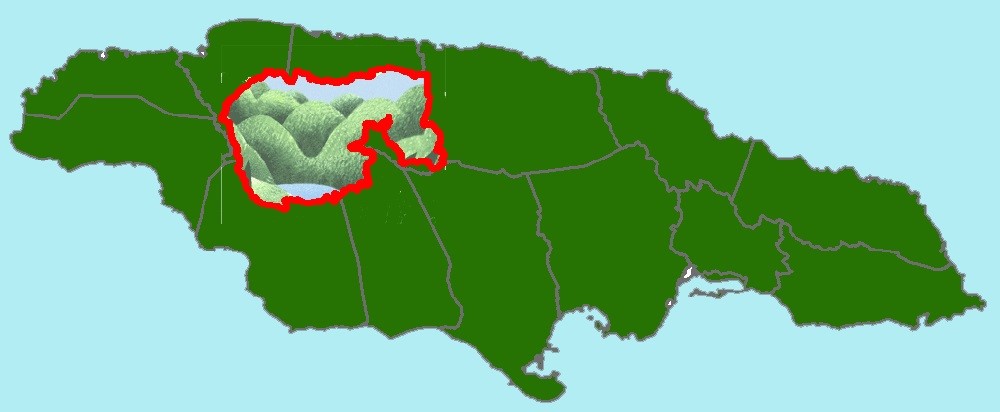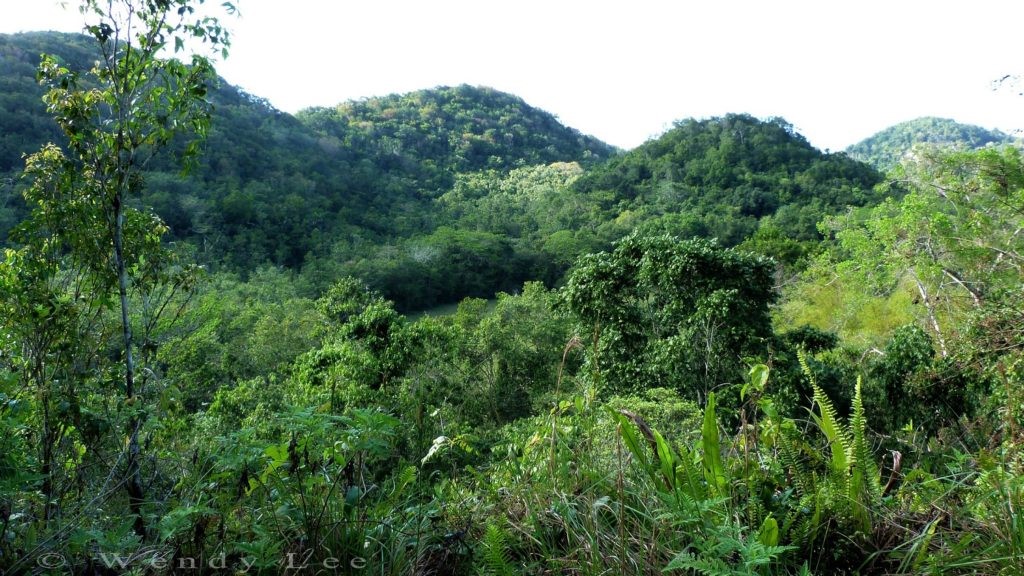

The Members of the Cockpit Country Stakeholders Group (CCSG) have emphatically declined the Final Environmental Impact Assessment (EIA) organised by the National Environment and Planning Agency (NEPA) to permit mining in the historic section of Jamaica.

Cockpit country’s mining has been a primary cause of disagreement for the residents of the area, while the government agency responsible for issuing mining rights, NEPA and environmentalists who are dynamically against bauxite mining within the boundaries of the heritage site.
The CCS Group stated in a release, which says: “We are at a loss to understand how this substandard document could have been accepted by the state agency with responsibility for public health and the environment.”
“We understand that deliberations on the granting of an environmental permit to allow bauxite mining adjacent to the Cockpit Country Proposed Protected Area are imminent, so we do not have the luxury of conducting a line by line examination. But the matter is of great importance as the area of SML 173 is within the boundary proposed by the Cockpit Country Stakeholders Group and supported by the review done by the University of the West Indies (UWI) in 2013.”

The group also added: “We reviewed submissions made by a range of stakeholders to NEPA in 2020, including local residents, other interested Jamaicans, academia, experts in karst topography, hydrogeology and biodiversity - and found virtually no effort to address these serious deficiencies in the EIA report.”
“One of the most significant issues which remain unaddressed is the question of the risk posed by bauxite mining in the area delineated by Special Mining Lease (SML) 173 to underground water supplies in the watershed protection area of a major river, the Rio Bueno,” the group stated.
The group claimed that in the previous version of the EIA, there was a map showcasing the underground flows from Cave River Sink and the Volcano to the Dornoch Head rising, established by dye tracing studies that have been withdrawn from the final version of the EIA and restored with a map of fault lines with none of the proven underground flow lines included.
The group said: “We cannot understand why this was done. Is the public to assume therefore that since no other observable changes were made to the EIA apart from those listed in the Corrigenda EIA Report, that these are the only concerns that were submitted to the EIA Consultants? Or were these the only comments that NEPA found to be worthwhile? The document now on NEPA’s website headed 'Final EIA' does not seem to mention the public consultations held in December 2020 or the outcry which followed. The Final EIA also mentions four volumes but only Volume I has been posted.”
The Cockpit Country is Jamaica’s largest remaining natural forest. It supplies about 40% of Jamaica's freshwater needs and it is the home to several endemic plants and animals. However, it is also a prime cultural and historical site for Jamaicans, particularly the Maroons, and is crucial for climate resilience.
The group also asserted by saying: “Bauxite mining in Cockpit Country would remove the deep soils for which forests and agricultural livelihoods depend, compromise air quality, harm the health and wellbeing of thousands of Jamaican citizens and risk important water resources.”
Responses








